Notes: Stanley Cattle station was situated at the western end of a 28-chain branch that connected to the London & North Western Railway (LNWR) Bootle Branch at Stanley Cattle Junction. The Bootle branch was authorised in 1861 and its primary purpose was to give the LNWR access to the most northerly of the Liverpool Docks. The LNWR had goods stations at Wapping Dock (opened October 1830) and at Waterloo (opened 1 August 1849) but since those stations had opened the docks had continued to spread northwards. The first section of the line opened between Edge Hill and Tue Brook on 1 June 1866 with the section to Canada Dock following on 15 October 1866. Passenger services ran along the branch between Liverpool Lime Street and Tue Brook between 1 June 1866 and 1 July 1870 after which it was extended to run to Canada Dock.
 |
The Bootle branch ran just to the west of the Liverpool Cattle Market at Stanley which had opened in 1830. The LNWR had a cattle station at Edge Hill which was over a mile away. Cattle had to be herded through the streets between the Edge Hill cattle station and Stanley which proved inconvenient. In 1867 a cattle station at Stanley served by its own branch line was authorised.
In a minute from an LNWR meeting held on 11 April 1867 a proposal to open the Stanley cattle station was recorded and it was suggested that the cattle pens at Edge Hill be removed. The station at Stanley must have been either completed or near to completion at that time and it is likely that it would have opened in 1867.
The station was called Stanley Cattle and it was located to the north of the cattle market. It consisted of a loading platform on which cattle pens were located. Four long sidings were provided adjacent to the platform and there was office accommodation south of the pens. At the eastern end of the site there was a large cattle shed.
Stanley Cattle quickly became a busy station. A signal box was opened in 1871 to control Stanley Cattle Junction. Trains ran into the station day and night as evidenced from an LNWR minute dated 16 October 1872 when the appointment of a ‘night pointsman’ was discussed. The position was considered necessary to facilitate ‘late working of goods traffic in order to meet the requirements of the cattle department’.
Alterations to the Stanley Cattle Junction in 1877 provide further evidence of how busy the station had become. New locking frames, signals and connections were inspected at the junction by the Board of Trade on 31 August 1877.
An LNWR minute from 12 June 1903 records that a new signal box (‘Stanley Station’) had opened at the junction. It was an LNWR Type 4 fitted with a 48-lever frame (with 34 working levers and 14 spaces). Liverpool Corporation had begun the construction of a power station at Lister Drive (to the north of Stanley Cattle) in 1900 and it had it had its own connection to the Bootle Branch. The additional lines were probably the reason why the original signal box had to be replaced. The power station opened in 1904.
In 1901 the Liverpool Corporation acquired the cattle market at Stanley; it became the Liverpool Meat Market.
On 1 January 1923 Stanley Cattle became part of the London Midland & Scottish Railway (LMS).
In 1930 Liverpool Corporation began construction of a new livestock building and an abattoir. The new facilities opened in 1931 and they included an overhead rail system on which carcasses could be moved more easily. The facilities were at that time the most modern in the country. Including the railway sidings the new facilities covered an area of 12 acres.
On 21 November 1931 Councillors of the Liverpool Corporation undertook a tour of the new facilities and a description of that tour was recorded in a detailed report. The report describes how cattle, sheep and pigs arrive by train at the LMS railway company’s sidings on the north boundary of the site. They then pass through lairages and into the slaughterhouses. The carcasses are then transferred to the overhead rail for onward movement to the cool rooms and the dead meat market.
The railway facilities at that time are described as consisting of a double- line siding with two covered platforms, one for inward traffic and the other for outward traffic. The overhead rail system extended to the outward platform so that meat could be loaded directly into wagons. The outward platform is described as running to the northernmost extent of the site. On the inward deliveries platform were two lifts which allowed frozen meat to be transferred to cold storage facilities in the basement.
After the Second World War more and more livestock started to be brought to the Liverpool Meat Market by road and rail traffic declined.
In the 1956 Handbook of Stations Stanley Cattle is no longer listed as a station but is simply referred to as the Liverpool Corporation Abattoir & Meat Market Siding.
Cattle wagons were still being worked to the Liverpool Meat Market in 1966 as they appear in photographs. In 1971 the abattoir was closed by which time Stanley Cattle had gone out of use.
Stanley Cattle Junction had gone out of use by Sunday 10 June 1973 when Stanley Station signal box was closed.
Sources:
To see the other stations on the Canada Dock branch click on the station name: Canada Dock, Spellow, Walton & Anfield, Breck Road,
Tue Brook, Stanley & Edge Lane
See also Alexandra Dock branch stations:
Bootle Balliol Road and Alexandra Dock (LNWR)
See also: Stanley Junction |


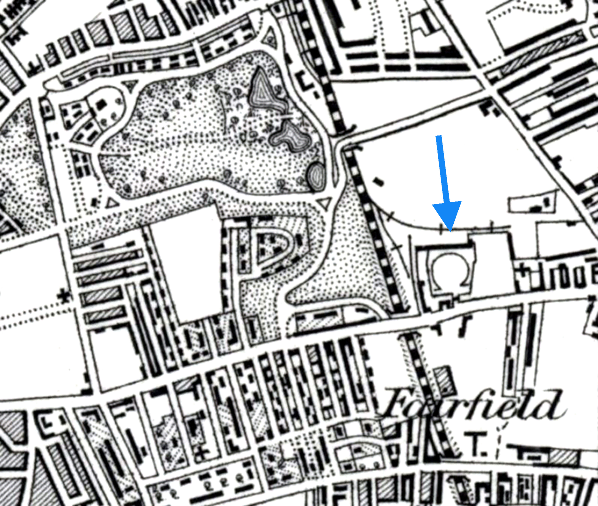
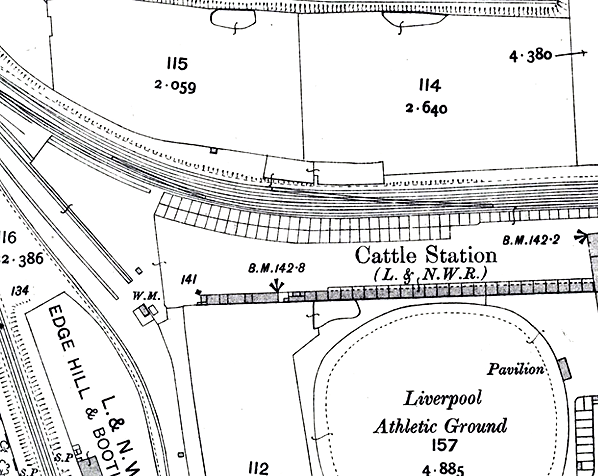
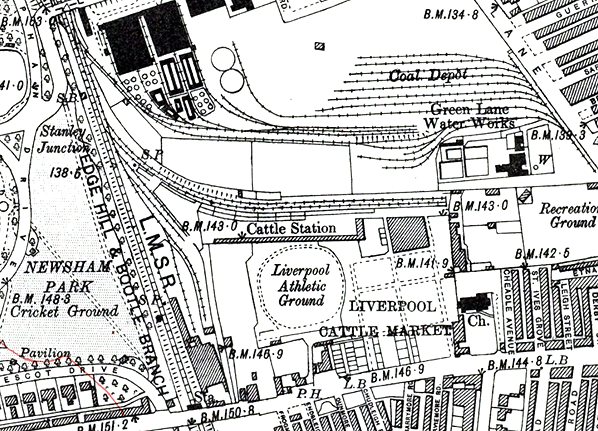
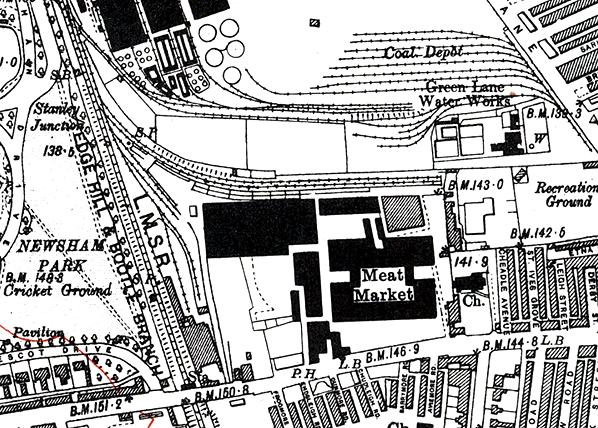
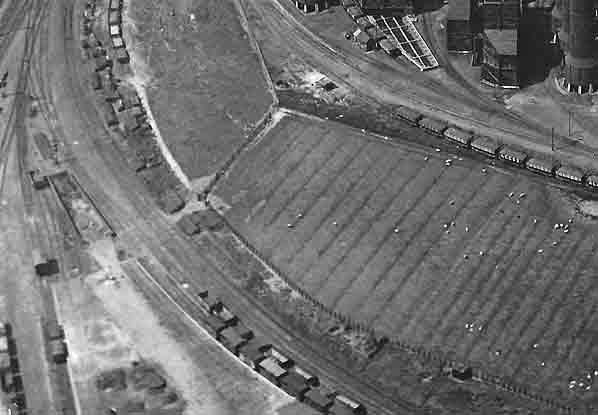
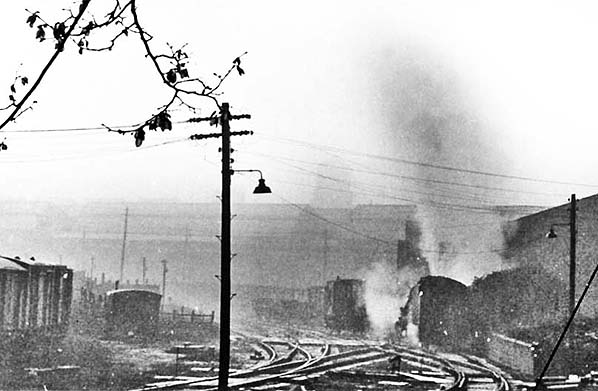
.jpg)
.jpg)



 Home Page
Home Page